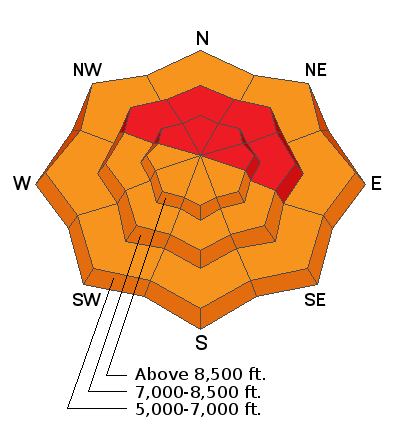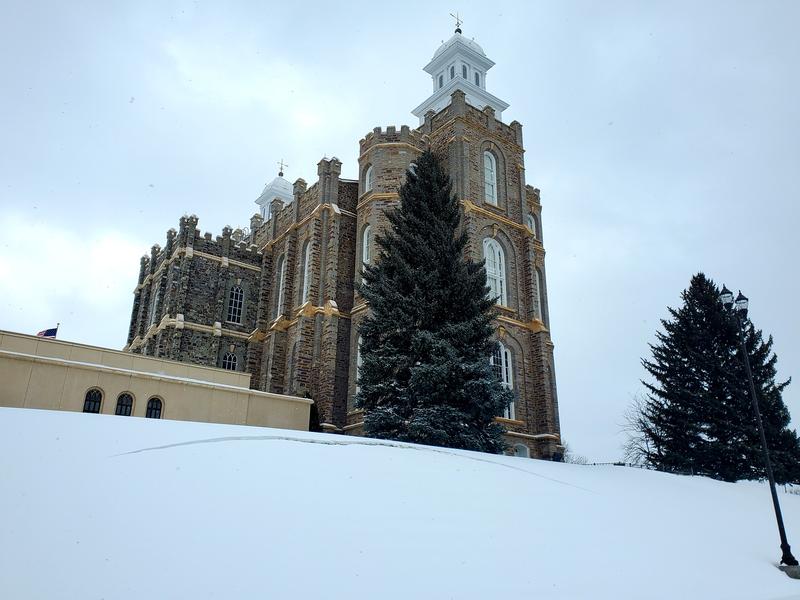Forecast for the Logan Area Mountains

Issued by Toby Weed on
Friday morning, December 31, 2021
Friday morning, December 31, 2021
The avalanche danger is HIGH on upper and mid elevation slopes facing northwest through east, with large natural and human triggered avalanches likely. People are likely to trigger dangerous deep slab avalanches failing 3 to 5 feet deep on a buried persistent weak layer near the ground. Recent drifting and plenty of new snow created dangerous avalanche conditions on steep slopes at all elevations. People could trigger slab avalanches of wind drifted snow in exposed terrain, and loose avalanches and shallow soft slabs of storm snow are likely on any steep slope with significant deposits of new snow.
- Avoid travel on or under slopes in the backcountry steeper than about 30°.
- Conditions are much safer and quality powder riding can be found in sunny low angled terrain.

Low
Moderate
Considerable
High
Extreme
Learn how to read the forecast here











